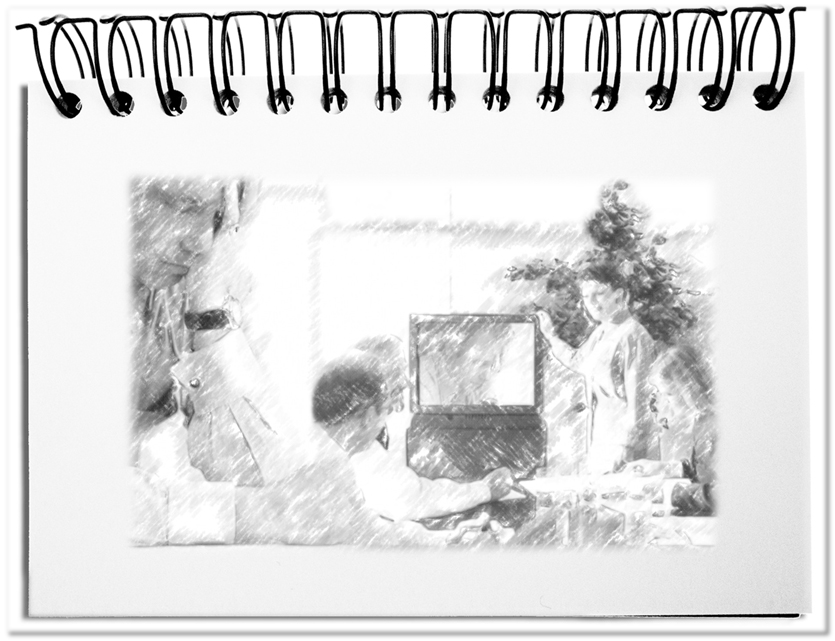If the career accelerates further and further and the values get lost on the way, then the incompetence lurks behind all corners. The fate of an executive hangs on a single horse hair. In the past we used to talk about the Peter Principle – i.e. in a hierarchy every employee tends to rise to his or her level of incompetence. Now everything happens so quickly that this level is reached sooner, because the experienced mentors are lacking. With the appropriate attention, countermeasures could be taken at an early stage.
What are, however, practices that should be considered in order to delay this stage as long as possible?
- Keep a low voice
The vernacular says, “Who cries is wrong.” If you believe the statements of contemporaries, then neither Steve Jobs had resisted the pressure to yell, nor does Elon Musk have this self-control – although the material background would allow for some generosity. The rest of the executives, who shout irascibly and offend cynically and even believe that they are leading, show with this behavior, above all, their limitations. Better be self-controlled by an appropriate volume. - Stay fair
The traditional incentives for yes-men, the special financial payment for strong conformists, are an expression of unbalanced treatment of employees. This injustice is nowadays even replaced by the friendly shake hands, which enhances its effect by never praising otherwise. It does not take long for the biased distribution of appreciation to be noticed. In this sense, giving preference to somebody reinforces the impression that one has reached its level. Everybody benefits, if you stay fair. - Be open
A special form of injustice happens when the old leadership law is used – Rule 1: The boss is always right; Rule 2: If the boss should not be right, then automatically rule 1 becomes effective. This can lead to absurd incidents: I have clearly expressed myself. Why don’t you understand that? And five minutes later: Nobody can understand this. Why don’t you express yourself more clearly? And eventually, the results suffer Use different viewpoints for the benefit of all. - Delegate consistently
Subsequently, there are also conflicting orders, which lead in any case to a punishment. The motivated employee, who is known everywhere and is working on Project A and Project B, will present one of the projects. Then, In the presentation of project A, arises irritation, why project B is not presented. The same thing happens of course in the opposite case. This dilemma can only be resolved by one. Ensure consistency when you assign tasks to others. - Let loose
That a manager loses over time his sense of work is understandable. The lack of practice results in the fact that all the employees know much more than the supervisor. If the cost estimates made by the employees are not trusted and the plans get simply adjusted, this leads to an unnecessary frustration that creates negative stress. Micro management is one of the most important reasons for distress. As a leader you simply let loose and appreciate whatever outcome. - Form follows content
Unfortunately, the sentence is practiced the other way around. Today, many are faced with a dilemma. The half-life of technical knowledge is three years. This means that after almost ten years, the original lessons learned have only a value of 25% – except: One has continuously learned. As a result, while the content is slowly disappearing, form becomes increasingly important. If the discussion of a concept revolves around the font and the CI, then the conversation partners are certainly on different terrains – even if this would be the moment for a valuable contribution. Support your employees, where they really need it. - Do not overload
It is not a weakness especially of the management not being aware of the delayed effects of measures. Initiatives are launched that often take longer than the leadership needs in order to set-up additional activities. All this portfolio management does not cushion this homemade mess. Order and continuity is not a trait once you reach your level (remember Rule 1 and 2). Remember that your initiatives are finished, before you start to turn the next big wheel. - Express yourself clearly
The communication behavior of executives is critical to success. Communicating clearly the strategy, providing values and supporting employees in their efforts is their actual task. If the employees do not understand their leaders, because there is a strange jargon up there or incomplete statements and vague messages are communicated, then the viability of the company is in peril. A fuzzy way of communicating is not adequate for a leader, but it only proves the indicated inability. Learn the language of your target group and deliver your message in their way.
Bottom line: The neutral look from the outside reveals people who endanger the interaction of the teams. Respectful dealing with each other, balanced involvement with all, no blaming, clear goals, avoidance of additional stress, focus on content, understanding of causes and effects, and a clear language are indicators of the effectiveness of a leader. The ultimate goal is to shift the level of incompetence as much as possible through attentive and competent behavior in order to avoid the Damocles sword.


